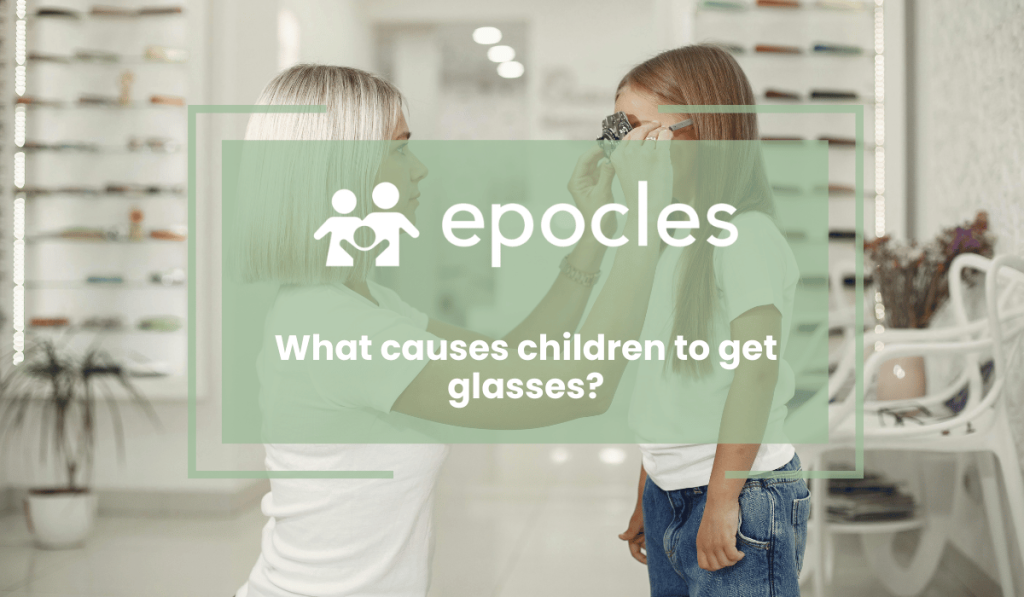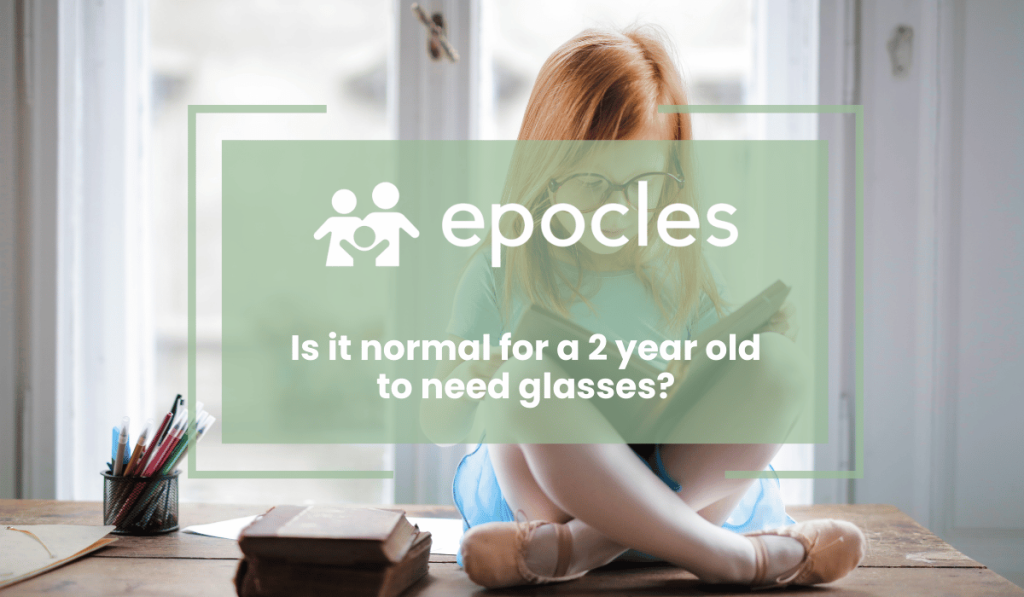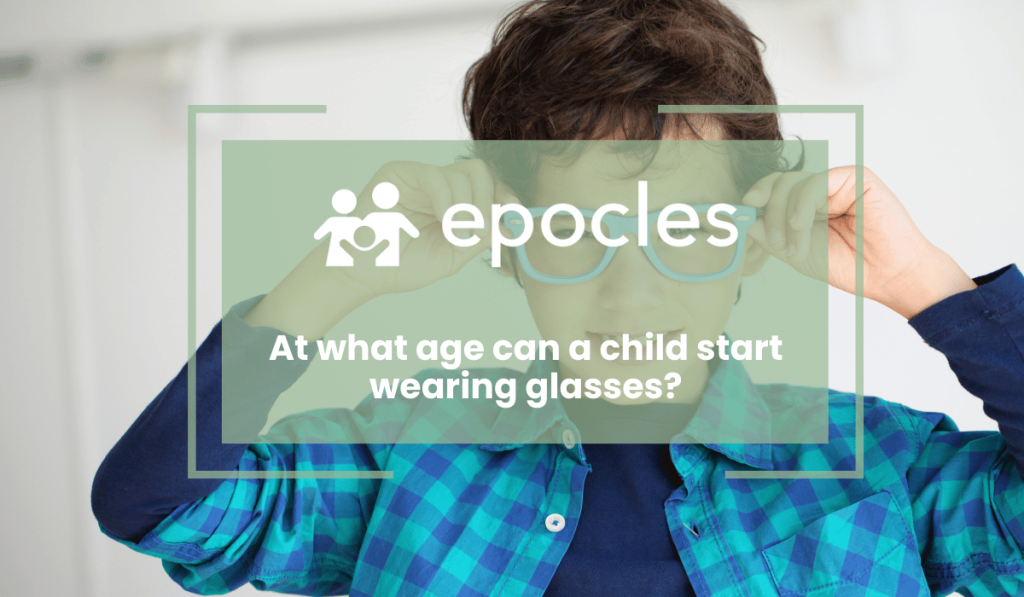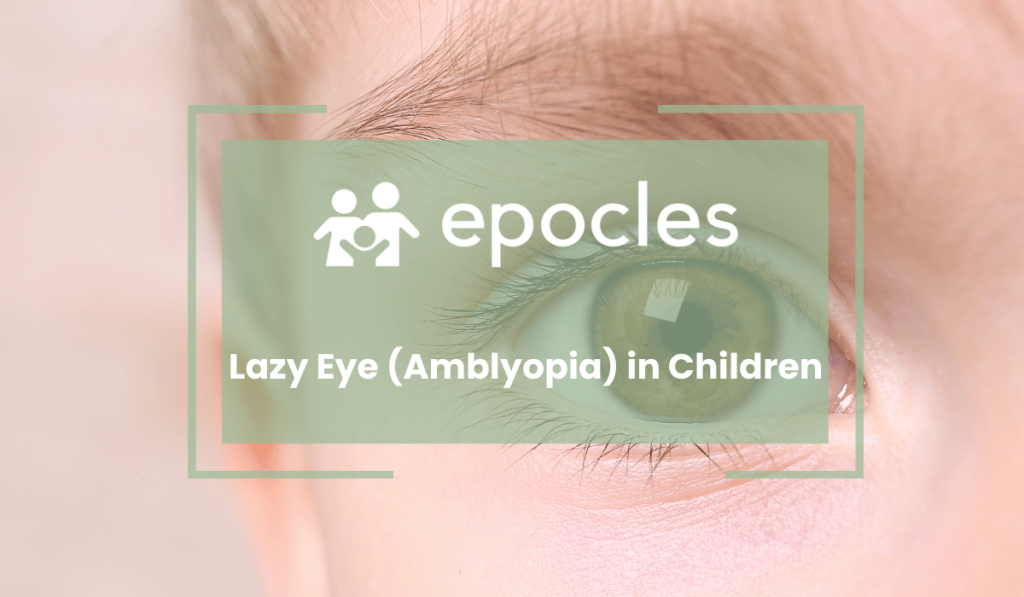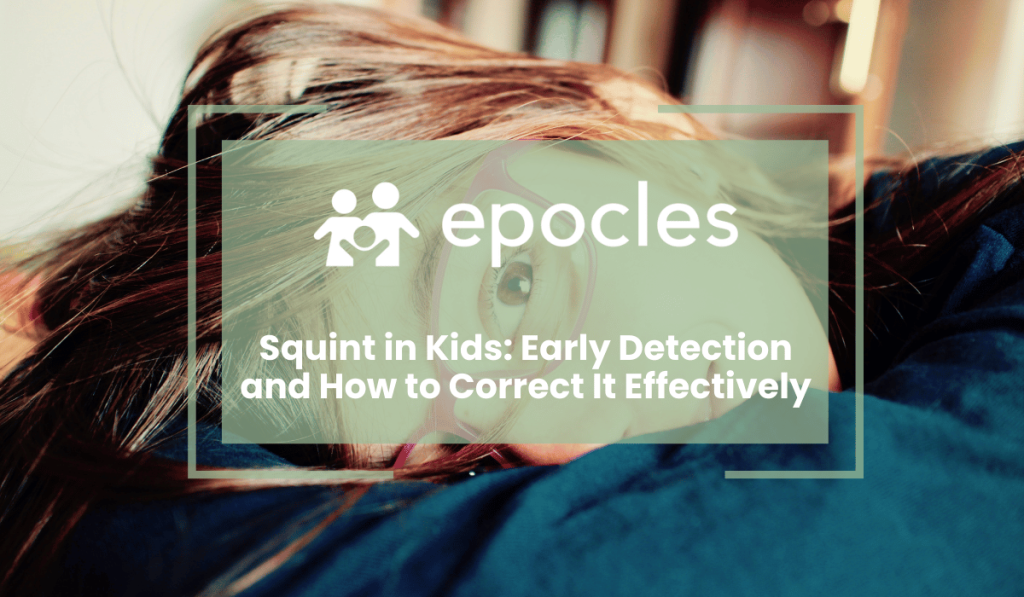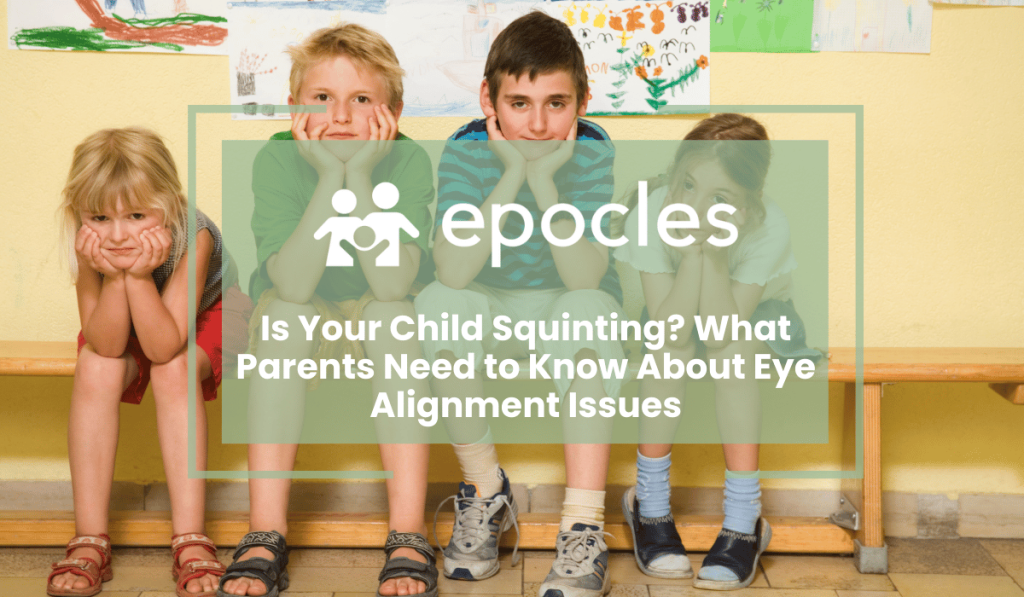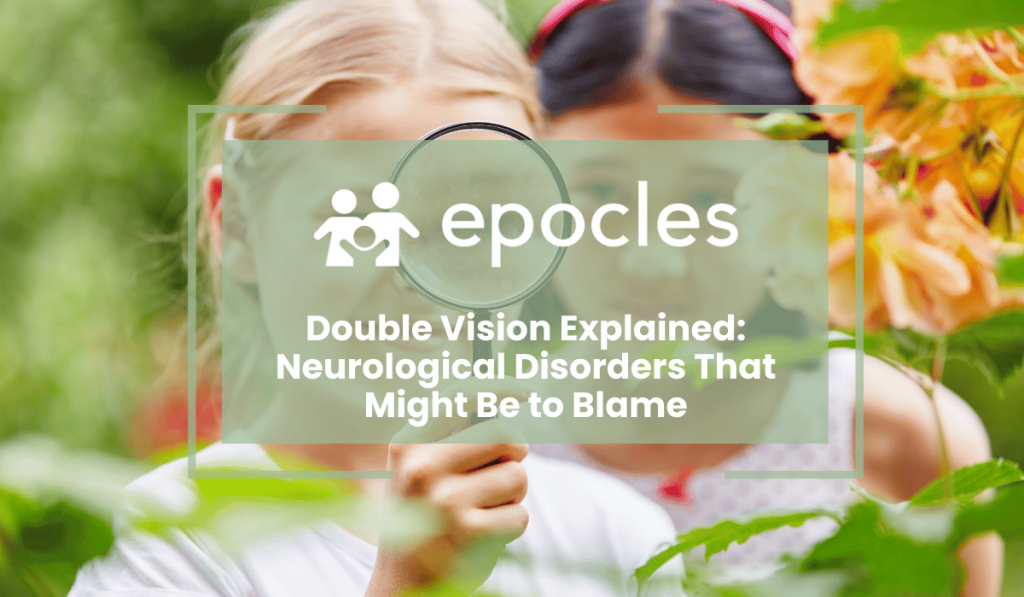What causes children to get glasses?
What causes children to get glasses Common childhood vision problems include myopia (short-sightedness), hyperopia (long-sightedness), and astigmatism, which occur when light doesn’t focus properly on the retina. Vision problems have strong genetic components—children with parents who wear glasses have a 25-50% higher chance of needing vision correction themselves. Environmental factors significantly impact vision development, with […]
